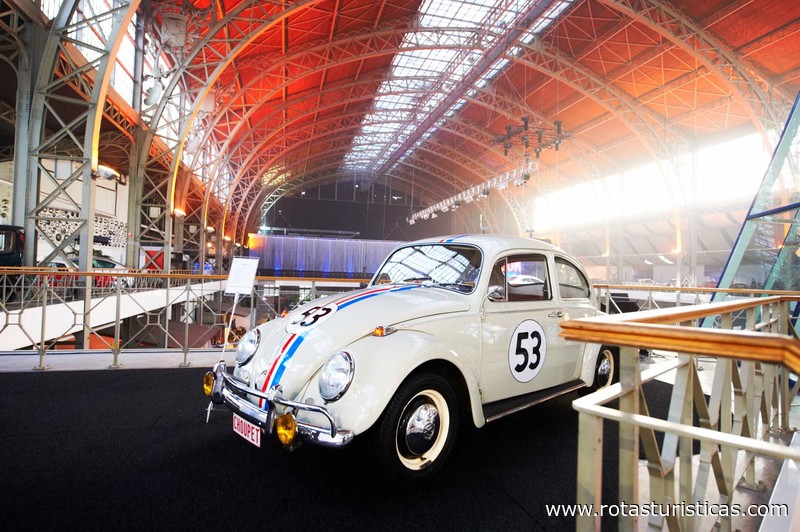Bruxelas, Brussels, Belgium
Suggest Place to Visit
6408
Track to location with GPS |
 |
Throughout his reign, Leopold II was very involved in urban design and planning in Belgium. His progressive vision helped shape the appearance of the relatively recently formed Kingdom of Belgium. The sovereign’s view of urban planning can be summarized as a preference for broad boulevards and beautiful parks. There was also the pursuit of ‘royal’ grandeur, expressed in public buildings. A young country that wants to keep pace with the economic and industrial progress of the times must adopt a modern infrastructure with buildings and parks that adorn the city. Particularly in the last ten years of Leopold II's reign, the capital was characterized by the completion of various projects, such as the construction of the Museum in Tervuren, the enlargement of the royal residences in Brussels and Laken, the Chinese Pavilion, the Japanese Tower and the triumphal arch in the Cinquantenaire Park. All these buildings were financed from the income of the ‘Crown Foundation’, which managed the fortune that Leopold II had made in Congo.
The building of the Cinquantenaire Park complex, which occurred in the second half of Leopold II’s reign, took a total of fifty years (1880-1905).
Nowadays, the site of the Cinquantenaire Park is not only a favorite spot for art lovers and a popular destination for school trips, but also a must for any visitor to Brussels.
The Cinquantenaire Park Palace exhibition center
The 1,800,000 Belgian franc budget which was allocated by the Royal Decree of 30 May 1879 was nowhere near enough to carry out all the building works planned by the architect Bordiau for the exhibition of products of Belgian art and industry which opened to the public on 30 June 1880. Only the two wings, the substructure of the colonnade and the triumphal arch were ready. The missing sections were built of wooden panels. Although the architect had planned from the outset that the construction would be carried out in phases, the buildings being built gradually as the funds became available, he could never have suspected that it would take thirty years until they were completed, and he would no longer be there to see it. In any case, the public were delighted and people came in droves to the exhibition in its brand-new setting. This is without doubt the culmination of all the celebrations held to mark the fiftieth jubilee of the foundation of Belgium.
The World Exposition - 1897
The colonial section of the World Exposition was presented at the Museum in Tervuren. In order to connect the museum to the Cinquantenaire Park where the rest of the exhibition was taking place, the avenue de Tervuren was built. The large halls that now house the Army and Air Force Museum and Autoworld date from that period. Until 1934, the Cinquantenaire Park was the place of choice for organizing trade fairs and all kinds of festivities with cyclists, horses, cars, hot-air balloons, etc.
The Esplanade of the Cinquantenaire Park, Museum Center
Although the early years of the Cinquantenaire Park were marked by the organization of exhibitions, Bordiau also wanted the arts to have a prominent role.
At the first exhibition in 1880, they were already present, but nine years later, they were given a permanent home. Over the years, the cultural character of the buildings has increased still further, hand in hand with the growing collection and the Royal Museums of Art and History, whose origins date back to 1835 with the founding of a museum at the Porte de Hal. Afterwards came the Museum of Trade (a future iron foundry) in 1886, the Royal Army Museum in 1922, the Air and Space Section of that museum in 1965, and finally Autoworld in 1986.
Comments
We don´t have yet any comments about:
Autoworld
Autoworld
Be the first to leave a comment as it is very important to inform other people
Outros locais a visitar
Within a radius of 20 km from:Autoworld
Musée Royal de L'armée und D'histoire Militaire |
| 0,1 Km |
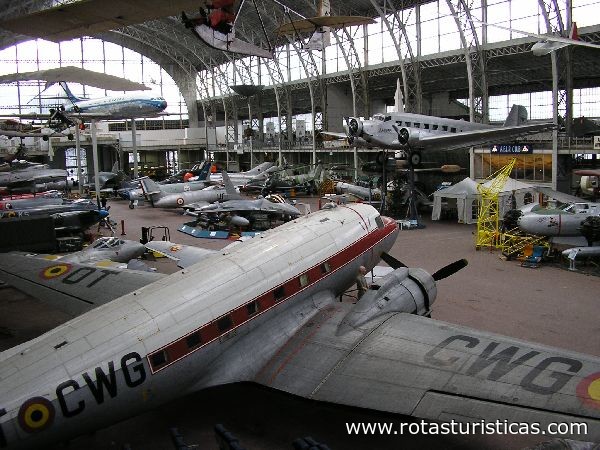 |
Clockarium Museum |
| 1,1 Km |
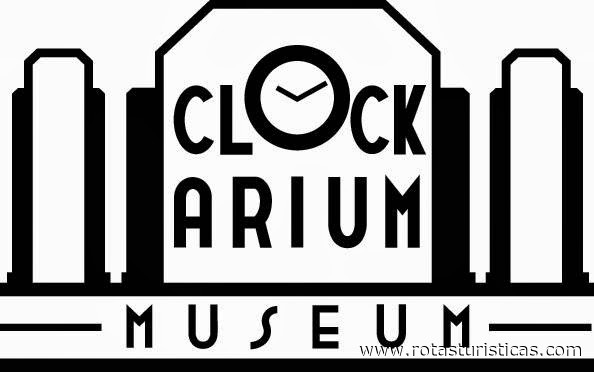 |
Voor Natuurwetenschappen Museum |
| 1,3 Km |
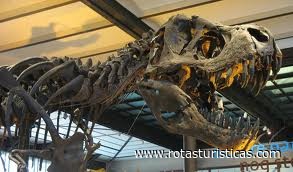 |
Königliche Museen für bildende Künste in Belgien - Antoine Wierz Museum |
| 1,3 Km |
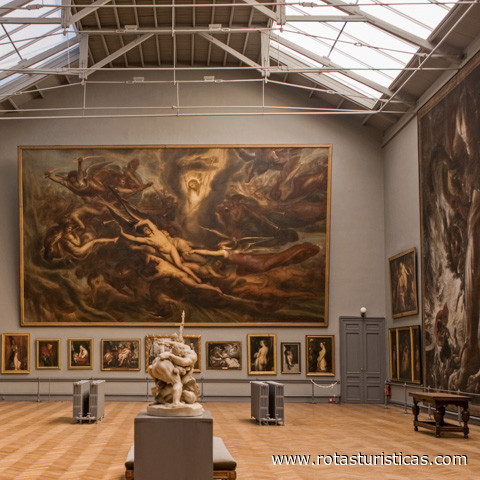 |
IXelles Museum |
| 1,7 Km |
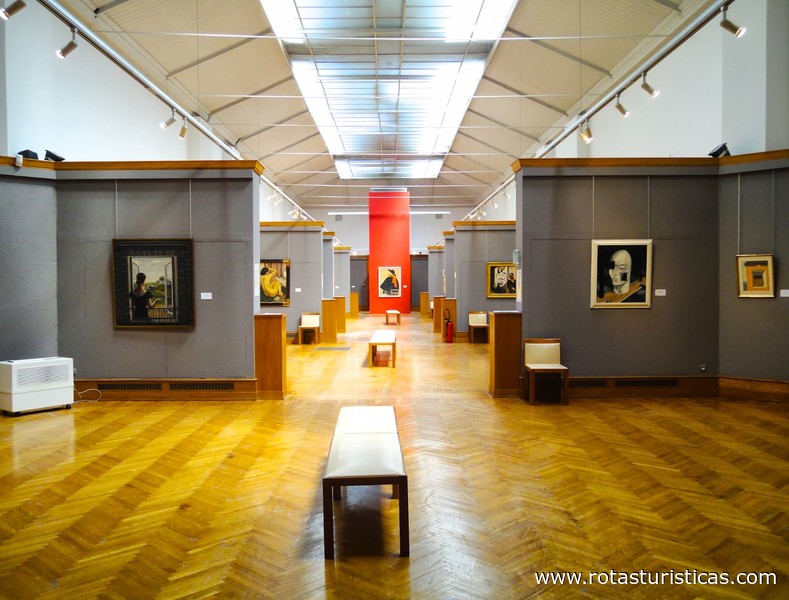 |
Hôtel de Charlier Museum |
| 1,9 Km |
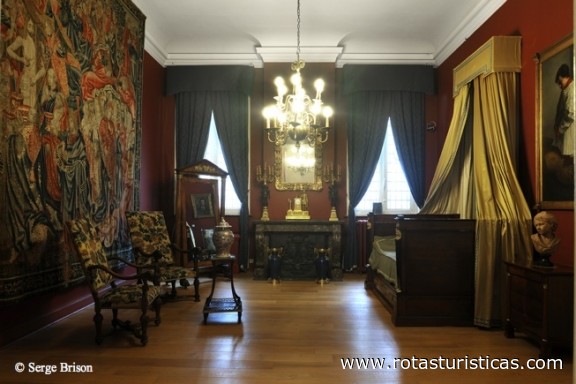 |
Bibliotheca Wittockiana |
| 2,1 Km |
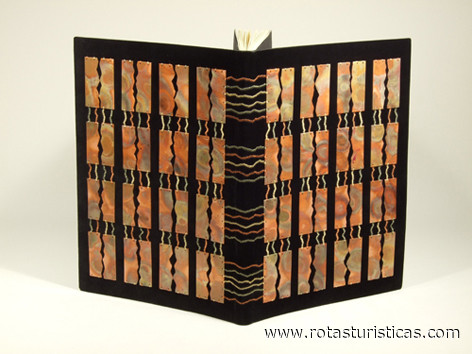 |
Belvue Museum |
| 2,3 Km |
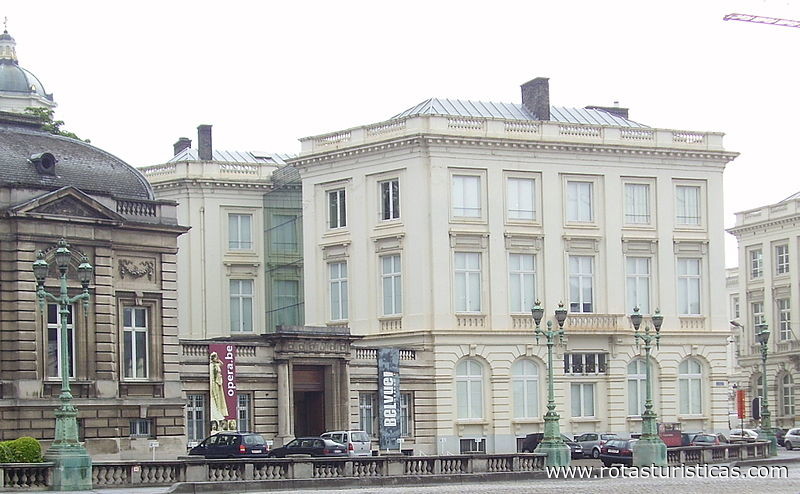 |
Zentrum für bildende Kunst (alias Bozar) |
| 2,4 Km |
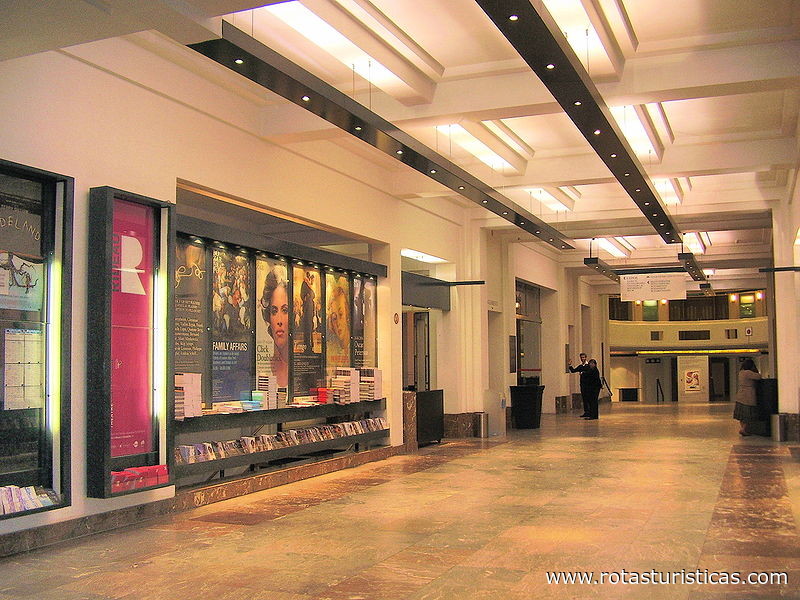 |
Magritte Museum |
| 2,5 Km |
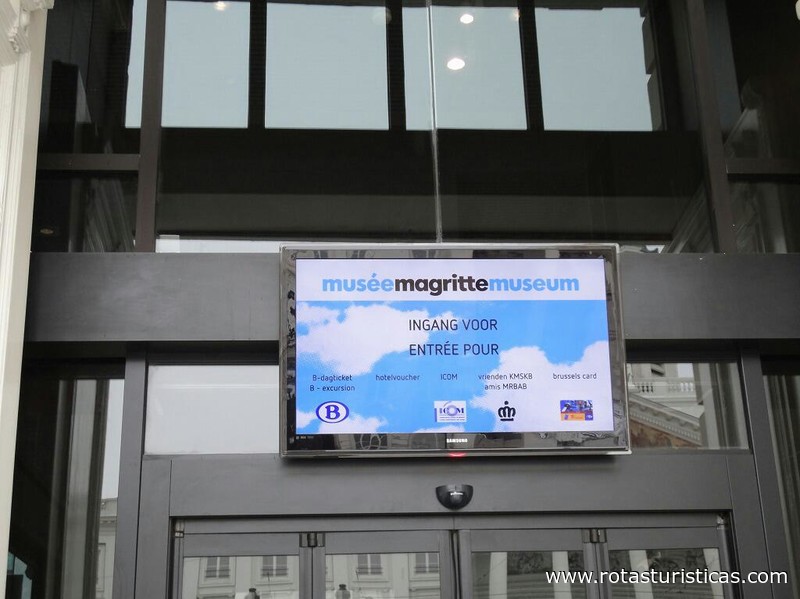 |
Palast von Karl von Lothringen |
| 2,6 Km |
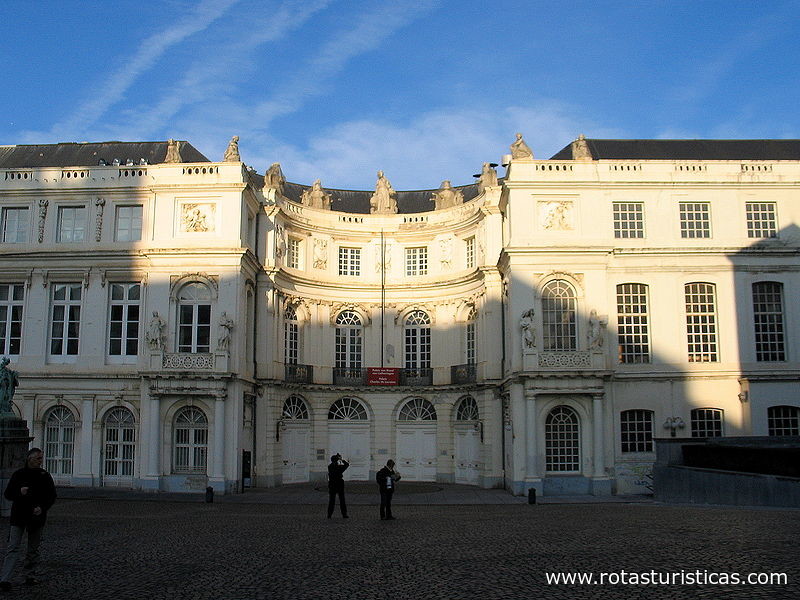 |
Brüsseler Comic-Museum |
| 2,7 Km |
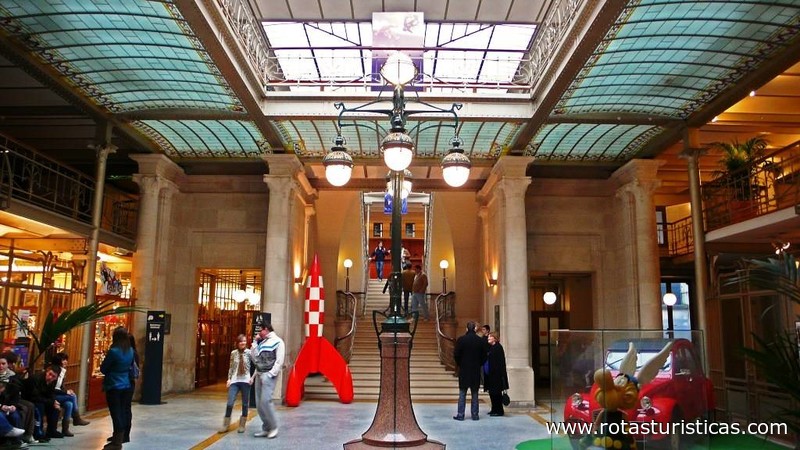 |
Museum für spontane Kunst |
| 2,8 Km |
 |
Jüdisches Museum von Belgien |
| 2,8 Km |
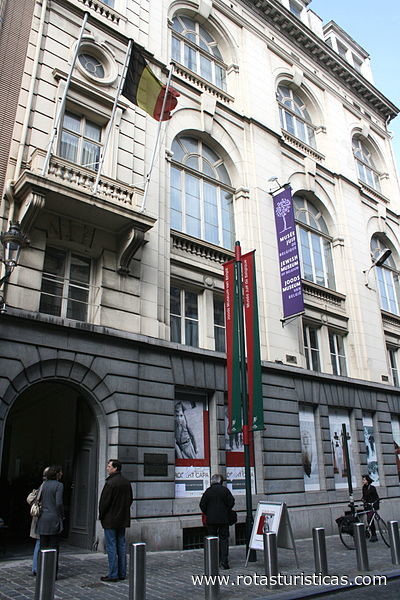 |
Schaerbeek Museum für belgisches Bier |
| 2,9 Km |
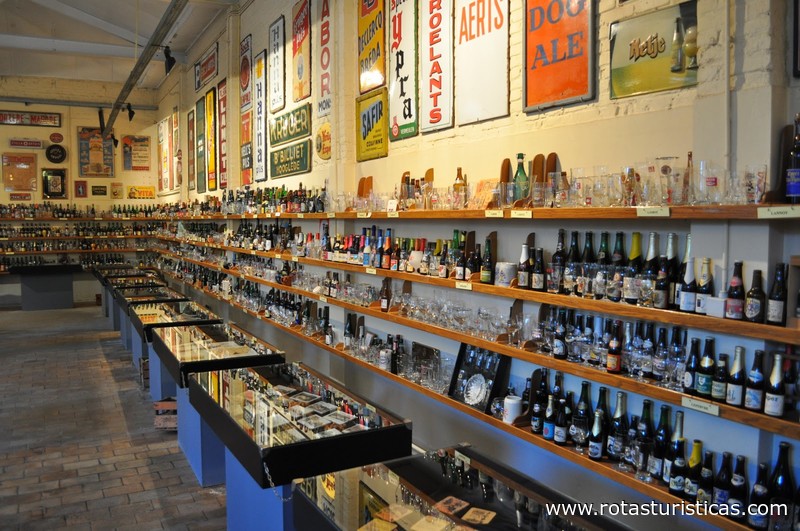 |
Autrique House |
| 3,0 Km |
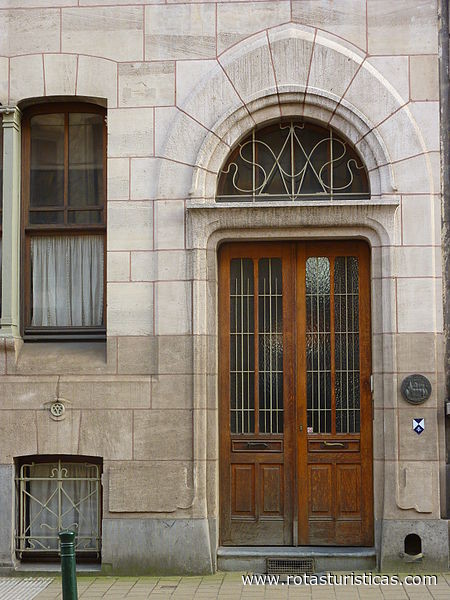 |
Stadtmuseum (Musee de la Ville) |
| 3,0 Km |
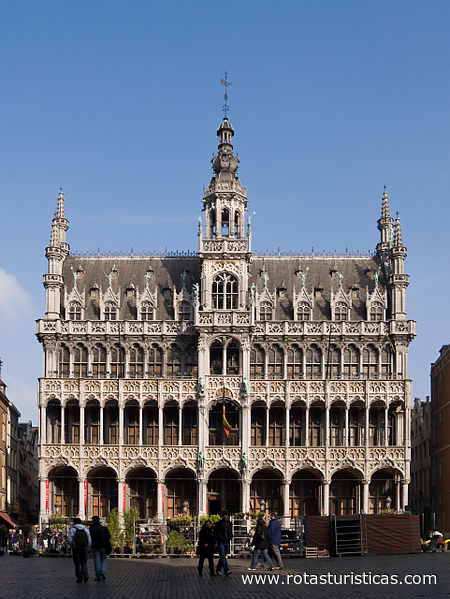 |
Brüsseler Stadtverkehrsmuseum |
| 3,0 Km |
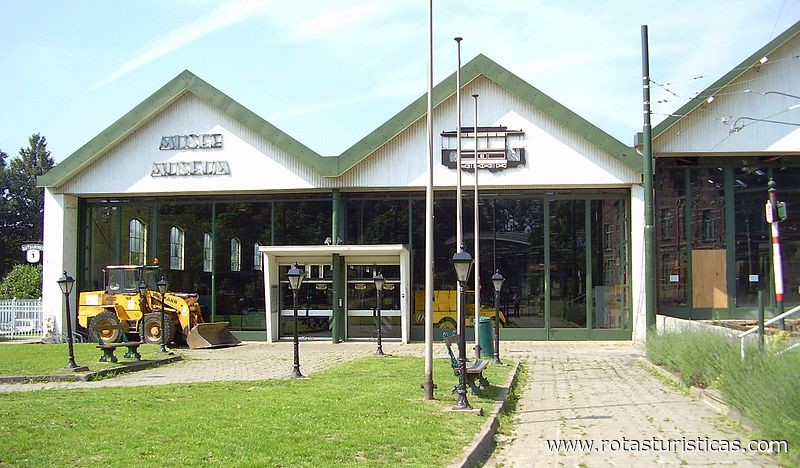 |
Musée Bruxellois du Moulin und de L'alimentation |
| 3,7 Km |
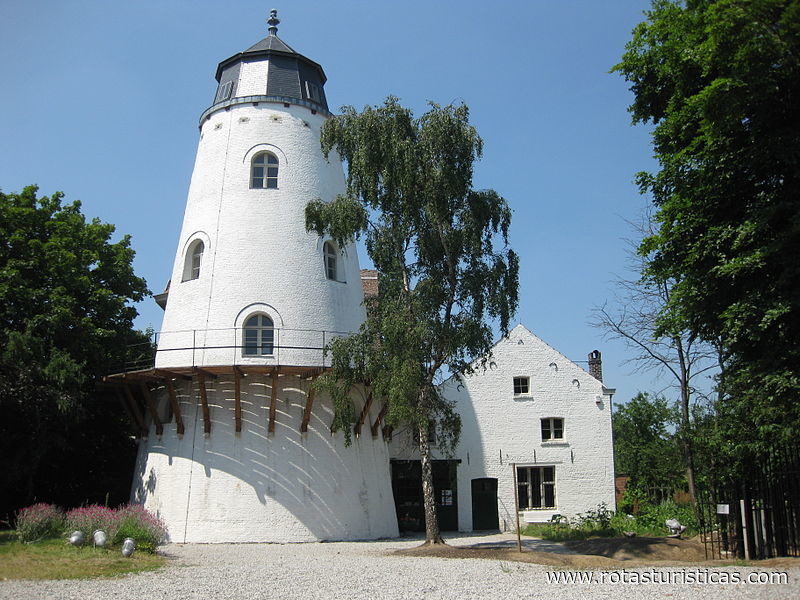 |
Van Buuren Museum und Gärten |
| 4,4 Km |
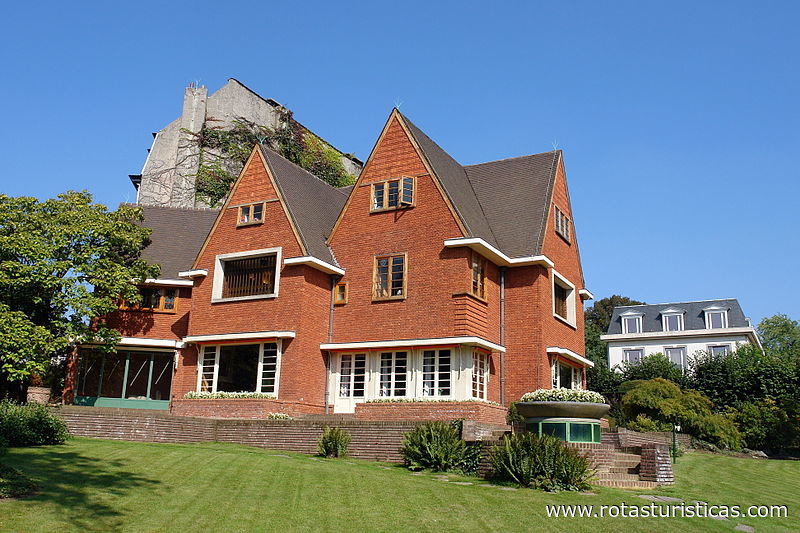 |
Abtei von Rouge-Cloitre |
| 4,6 Km |
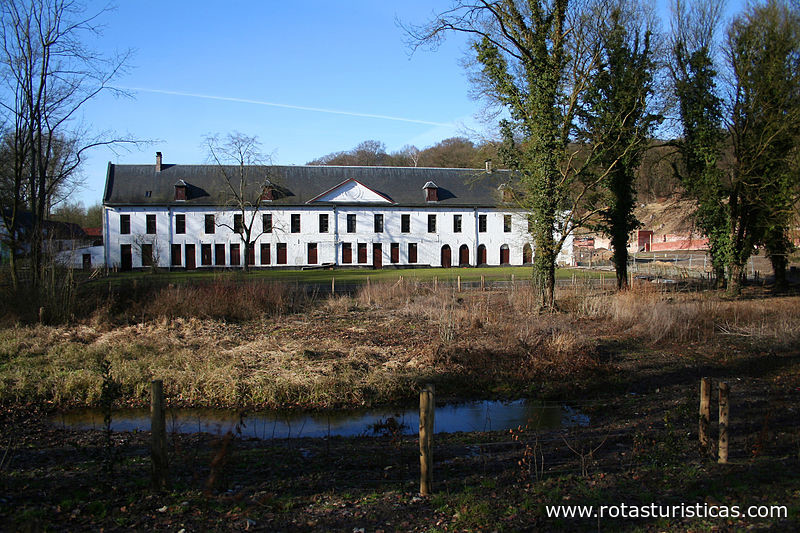 |
René Magritte Museum |
| 5,8 Km |
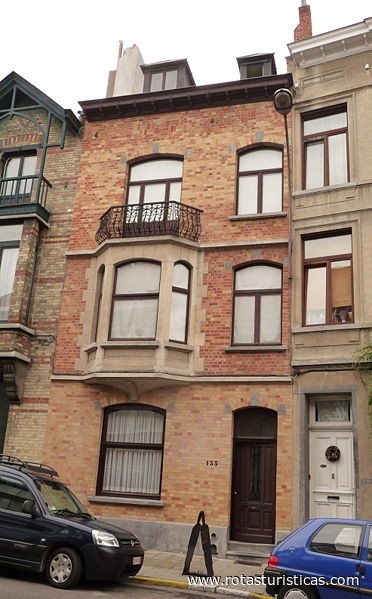 |
Öffentliches Aquarium von Brüssel - Aquarist Center |
| 5,9 Km |
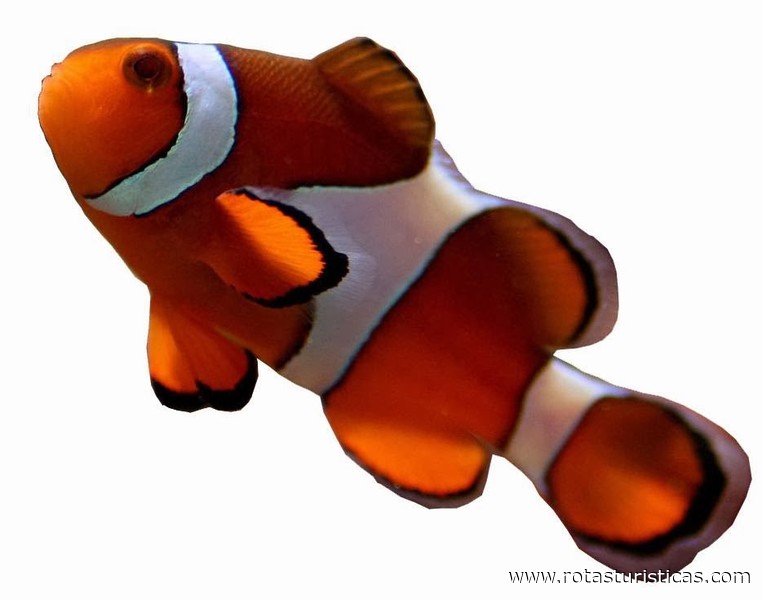 |
Atomium |
| 7,1 Km |
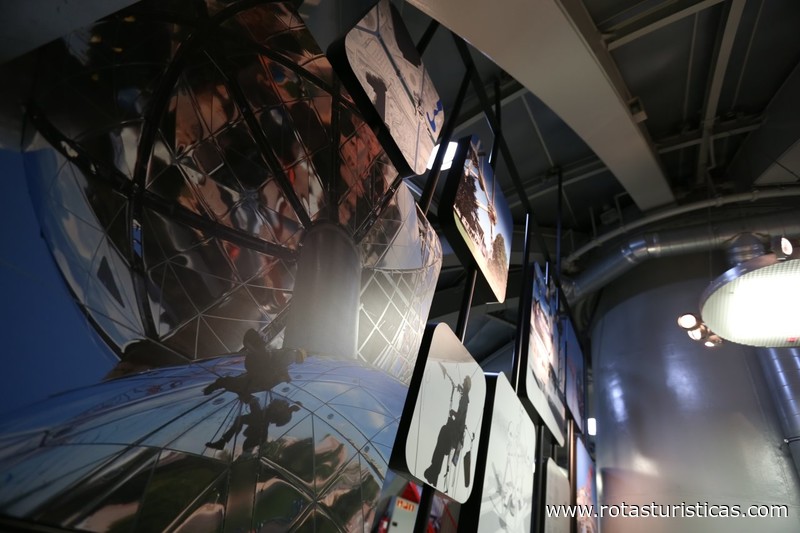 |
Planetarium |
| 7,2 Km |
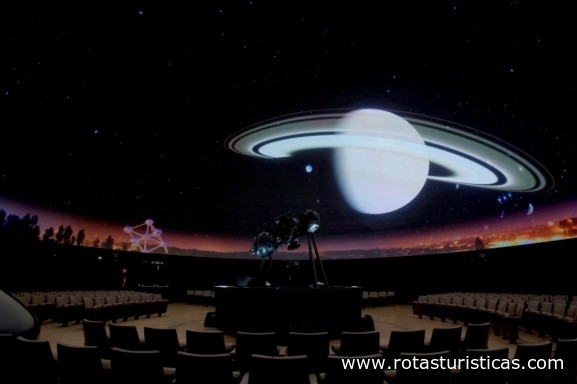 |
Museum für alte Techniken |
| 9,9 Km |
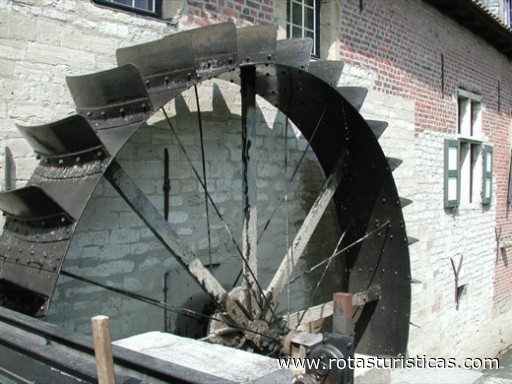 |
Gaasbeek Schloss |
| 14,2 Km |
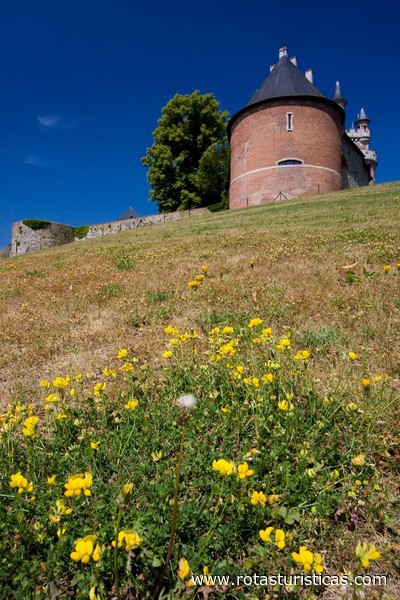 |
In de Verzekering Tegen de Grote Dorst |
| 17,8 Km |
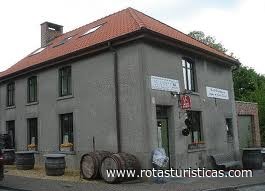 |
Wald von Hallerbos |
| 17,8 Km |
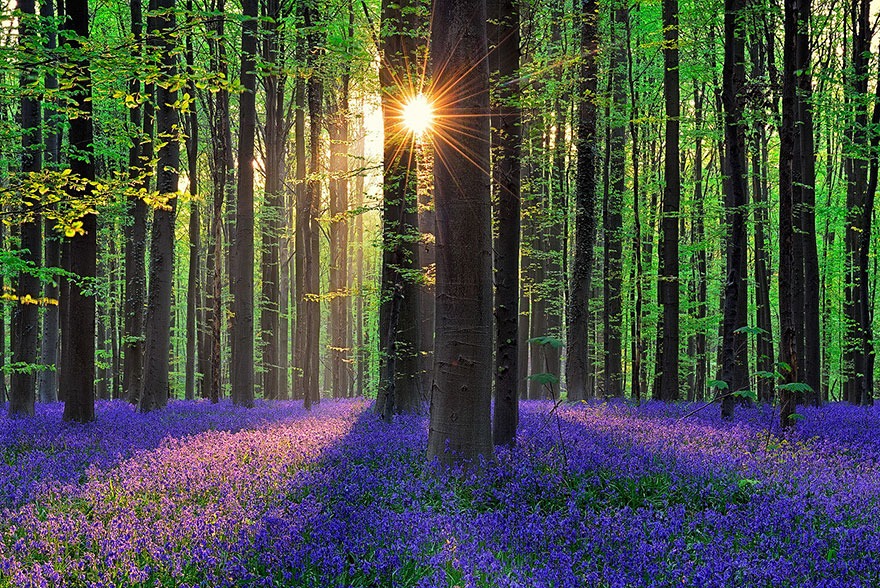 |
Hotel reservation near Autoworld within a radius of 20 km
Why to book with TOURISTISCHE ROUTEN
The best prices
Our partnerships with the world´s largest operators offer research on the best market prices.
More options
At Rotas Turisticos you can book the hotel, buy the air ticket, book the transfer from the airport to the hotel and vice versa, book the local excursions, rent the car, take travel insurance and consult the places to visit and where to go.
Holiday Tips & Destinations
Hundreds of holiday destinations with all the options that allow you to easily choose the destination that best suits your dream vacation.
TOURISTISCHE ROUTEN
Links


